Updated March 2024: Removed Civilian Medical, added Doom & Bloom Suturing Class.
Disaster can, unfortunately, strike at any moment. It can come in the form of a car accident on the way to work or even at the range.
Do you know what to do if tragedy unfolds?
If not, don’t fret. There are plenty of resources dedicated to educating civilians on the ins and outs of first aid and how to handle bad situations.
You could do all that heavy research yourself…but why would you when you have us?
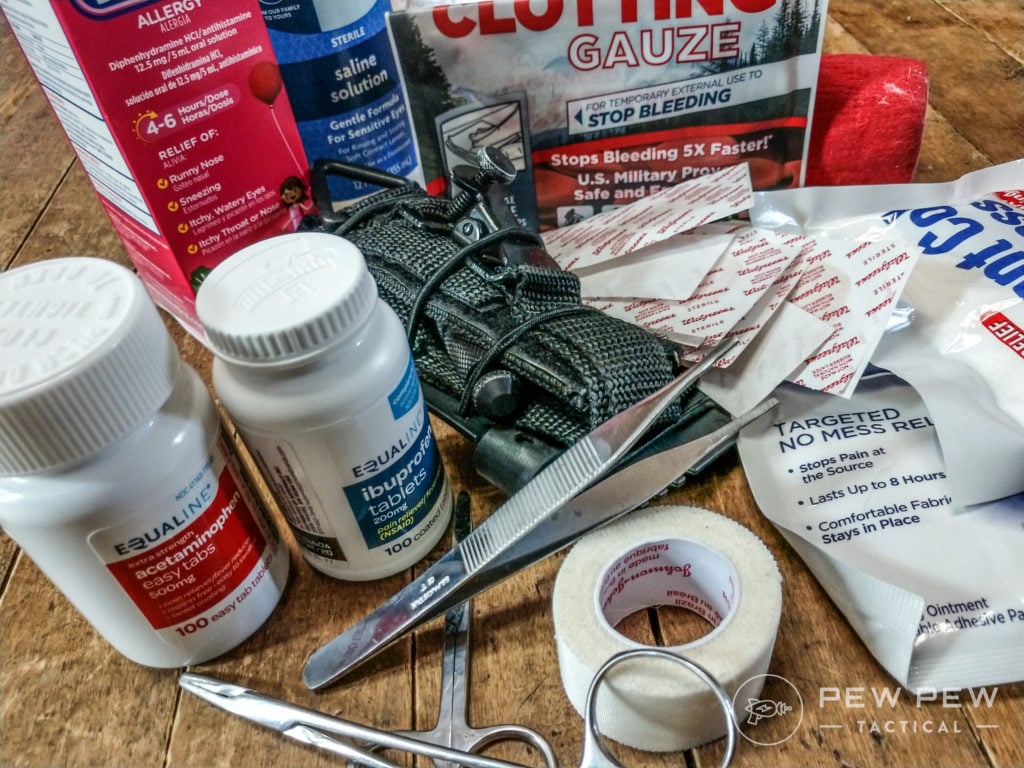
We’ve taken the headache out of researching classes by rounding up our favorite first aid classes.
As an American Heart Association Basic Life Support Instructor, I take this stuff pretty seriously. So, this ain’t your mama’s basic, boring list.

This list covers everything from basic bumps and bruises all the way to stockpiling meds and chest wounds.
To make things easier, I’ve divided this list right down the middle. First stop, beginner classes — the no-frills, basics.
If you’ve already had first aid or CPR training but want a little oomph (to include wilderness and tactical training), skip to the intermediate section.
THE QUICK LIST
-
Best CPR & First Aid Course
-
Best Variety
-
Best Online First Aid Course
-
Best Gun Centric Beginner’s Course
-
Best Free Blood Loss Prevention Course
-
Best Range First Aid Course
-
Best Wilderness Course
Table of Contents
Loading…
How We Chose the Best First Aid Classes
Editor-in-Chief of PPT, Jacki Billings, developed this list using her 25 years of experience as a certified American Heart Association Basic Life Support instructor to guide the way.
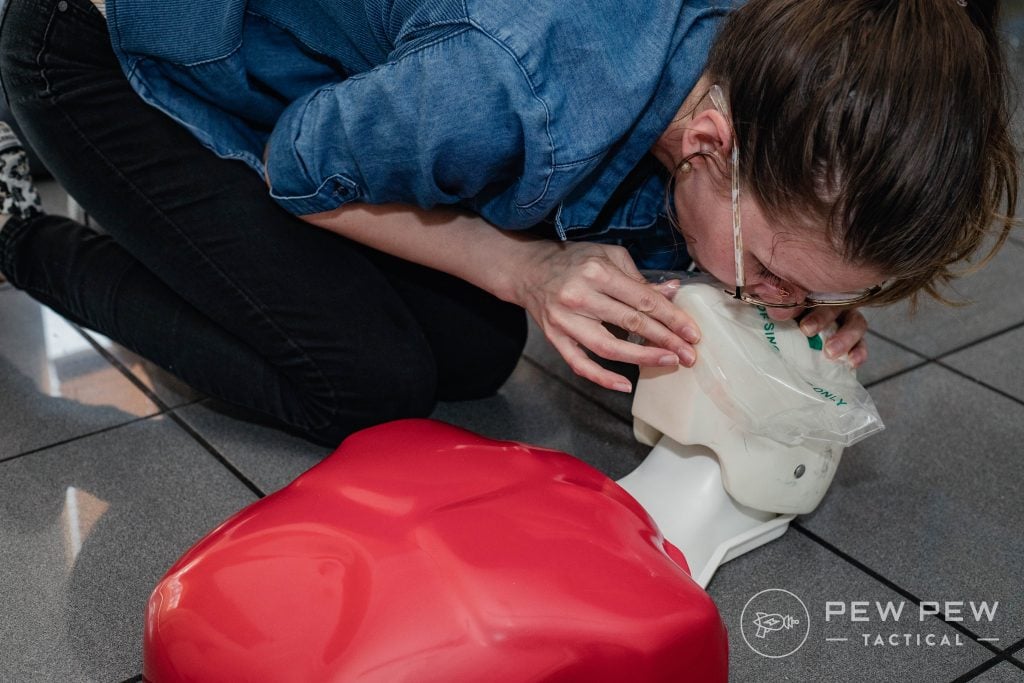
She compiled this list after extensive research into numerous courses and even taking some of the courses on the list.
Why Invest in First Aid Training?
First aid training is one of those skills you probably don’t think much about.
I mean, unless you hurt yourself often, there’s no reason to think about that sort of thing, right?
On the contrary, first aid is a valuable life skill!
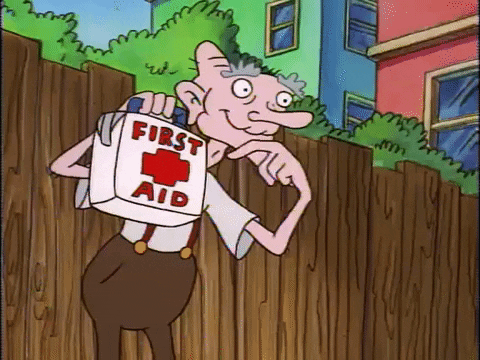
Let’s face it, you never know when you’ll stumble into a situation where you might need to help others.
Especially if you’re a pew-pewer like us and spend loads of time at the range, you’re going to want a working knowledge of first aid.
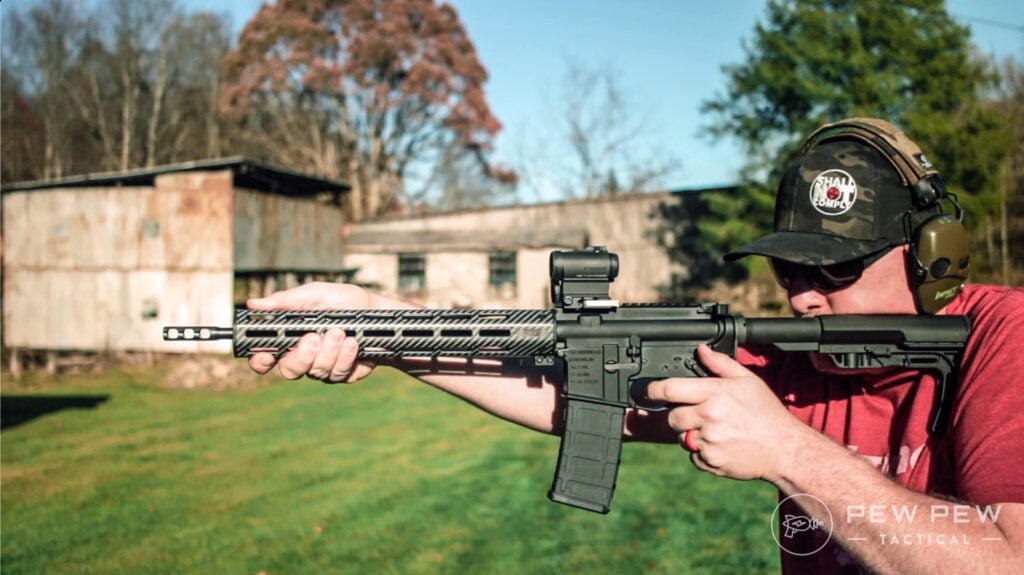
The good news… there are plenty of courses you can take to level up.
Read on to find out which courses we recommend to get you up and running!
Best First Aid Classes: Beginners
1. American Heart Association Heartsaver First Aid CPR AED
Prices accurate at time of writing
Prices accurate at time of writing
-
25% off all OAKLEY products - OAKLEY25
Copied! Visit Merchant
The American Heart Association’s Heartsaver First Aid CPR AED is a comprehensive course dedicated to teaching laypeople the ins and outs of CPR and first aid.
From treating basic injuries like scrapes and scratches to performing CPR and using an AED, this course has just about all you need to get up to speed.
Besides offering a ton of good information, the AHA brings options in terms of class attendance.
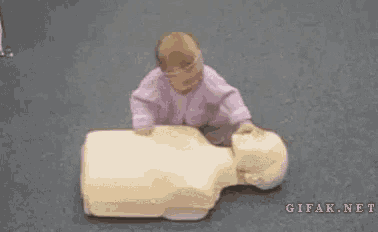
You can opt for a traditional in-class setting or take on a blended learning format.
The blended learning course allows you to work on coursework from the comfort of your home. After class work is complete, meet with a local instructor for a skill session.
They’ll ensure you are performing skills correctly.
With instructors all over the U.S., you can most likely find a Heartsaver First Aid CPR AED course near you.
In-person sessions usually last one day and cost between $50 and $75, depending on the instructor.
Online classes with an in-person skill session offer more flexibility if you’re short on time. And bonus, they cost a little less –usually priced $20 or lower.
2. Red Cross First Aid and CPR
Prices accurate at time of writing
Prices accurate at time of writing
-
25% off all OAKLEY products - OAKLEY25
Copied! Visit Merchant
The Red Cross is synonymous with first aid, so it’s no wonder this organization and its courses made our list.
Offering a wide variety of classes — everything from babysitting to CPR and AED — the whole family can join in. The Red Cross even provides classes on dog and cat first aid!
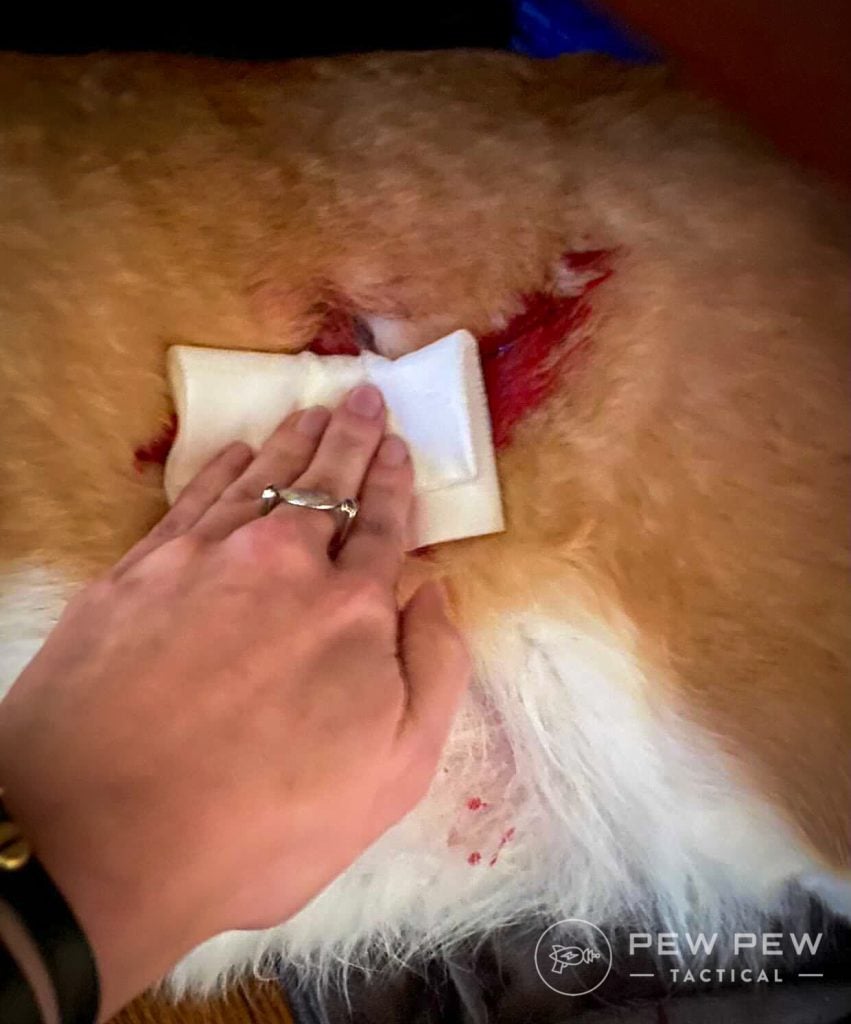
Like the AHA, the Red Cross offers both in-person and online courses, so you can really tailor it around your schedule.
You also have the ability to really drill down what you’re interested in learning. Choose from adult, pediatric (fancy word for kids), or both.
Again, the Red Cross is pretty much everywhere, so you will easily be able to find and sign-up for a class near you.
Bonus: online classes are pretty affordable! They usually cost less than $50, with most coming in around $30 to $35.
In-person classes do cost a bit more — priced over $100 in most areas.
3. MyMedic M.A.R.C.H. & Gun Shot Wound Courses
Prices accurate at time of writing
Prices accurate at time of writing
-
25% off all OAKLEY products - OAKLEY25
Copied! Visit Merchant
MyMedic brings a well-put-together series of videos tailored to a variety of first aid interests.
Their M.A.R.C.H. course brings out the basics while addressing mass hemorrhaging, airway, respiration, circulation, and hypothermia.
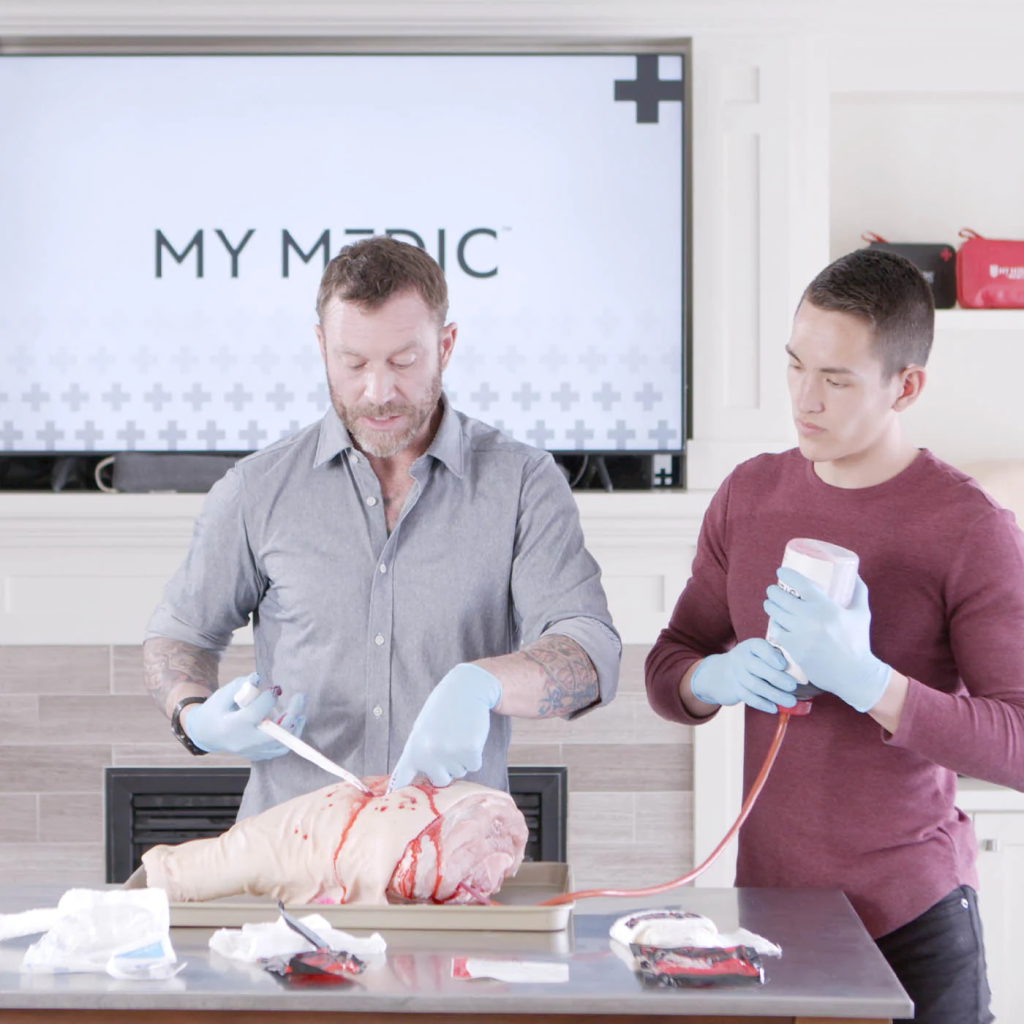
Hosted by Billy Haley, the course is entertaining while also giving you all the info you need to start your first aid journey.
There are live demos, and we really liked how accessible the information was. Haley does a fantastic job of breaking down complex information in a way that makes sense but isn’t boring.
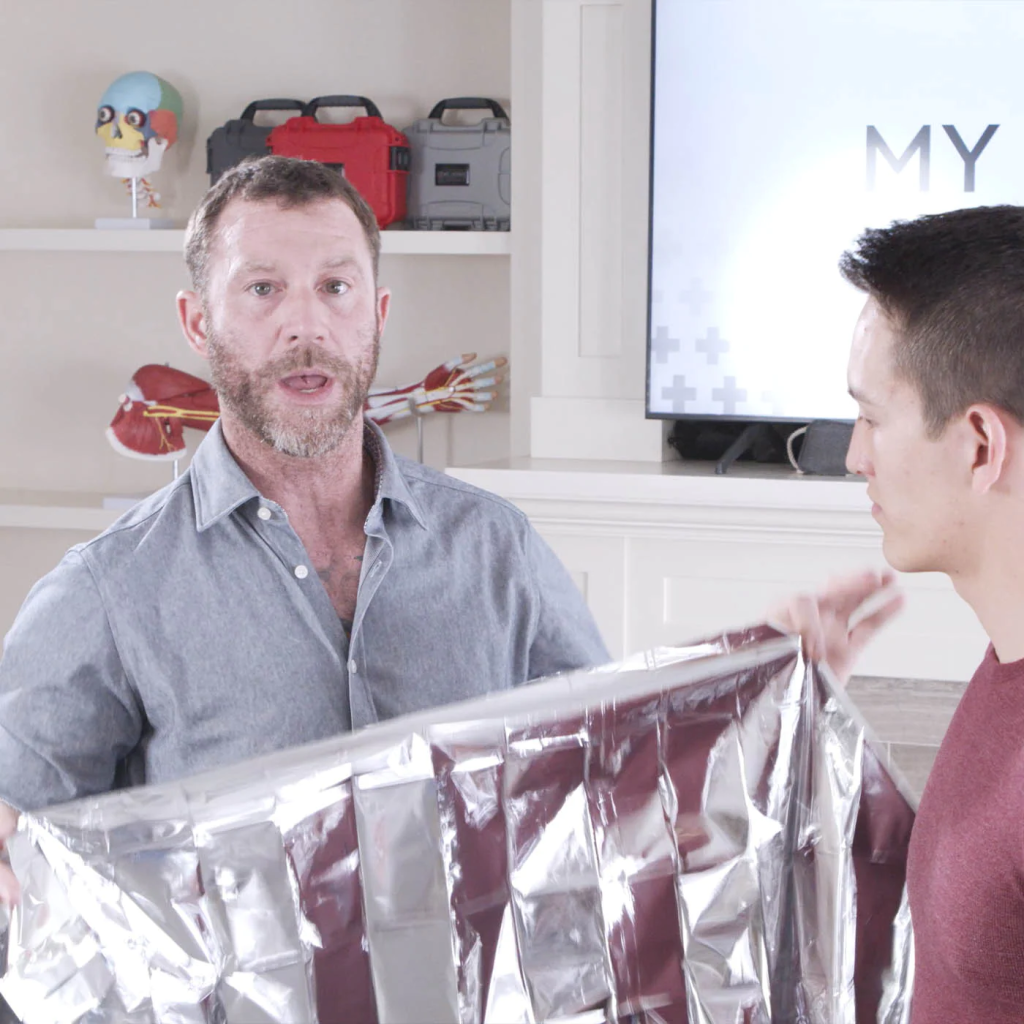
Retailing for $124, it’s pricey but well worth it for the quality information and the elevated user experience.
In addition to the M.A.R.C.H course, MyMedic also offers a Gunshot Wound specific class. We really liked this one as it addressed the major concerns that you might have when dealing with gunshot wounds.
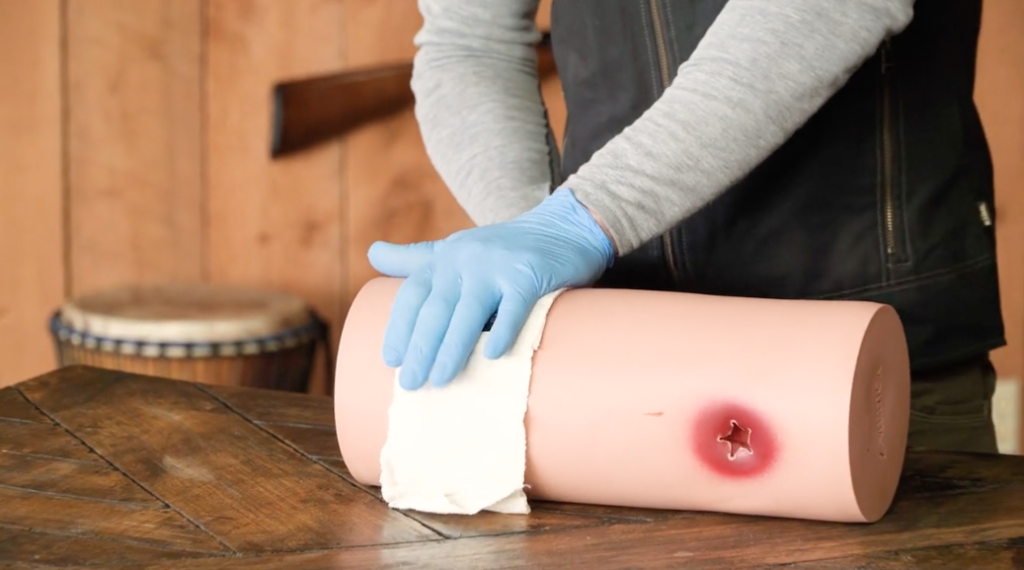
It’s presented in an apolitical manner that, regardless of your political beliefs, you can get behind. It’s all about information, and with mass shootings happening in schools, churches, etc., it’s a great way to get spun up on how to save lives.
Like the M.A.R.C.H course, it’s broken down into easy-to-follow sections that are followed by a quiz to assess learning. Haley hosts this one as well, and his friendly demeanor and knowledge really make it a great learning environment.
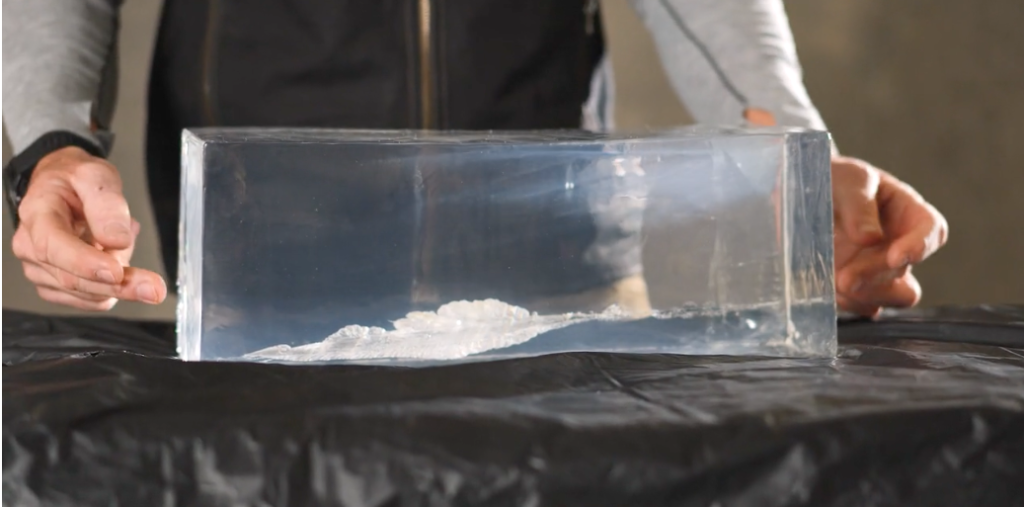
We also really liked that MyMedic included a lesson on ballistics that showed how different calibers and rounds react in ballistic gel.
Haley also does a great job of not just addressing the physical ailments of a gunshot wound but also the mental/emotional well-being of patients. He guides responders on how to keep a patient’s spirits up and also how to communicate what care you’re giving.
The Gunshot Wound course, like the M.A.R.C.H. course, retails for $124.
Prices accurate at time of writing
Prices accurate at time of writing
-
25% off all OAKLEY products - OAKLEY25
Copied! Visit Merchant
All in all, the MyMedic courses are some of our favorites, and we highly recommend them if you have the money to spend.
Also, MyMedic makes some really good first aid kits and gear. We know because we reviewed them!
4. Stop the Bleed
Prices accurate at time of writing
Prices accurate at time of writing
-
25% off all OAKLEY products - OAKLEY25
Copied! Visit Merchant
Stop the Bleed is newer than the Red Cross and AHA programs and takes on a focused approach to life-saving treatment.
There’s no CPR here.
The focus is solely on bleeding or rather controlling bleeding until EMS arrives.
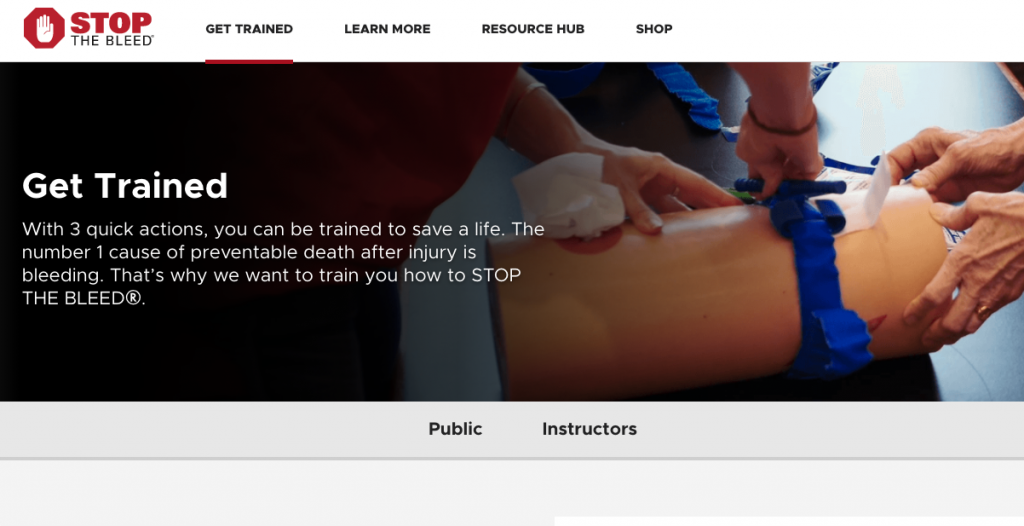
Administered by the American College of Surgeons on Trauma, the initiative began to better educate civilians on how to administer care in the event of a traumatic injury that leads to excessive blood loss.
Stop the Bleed courses cover things like applying pressure to wounds, how to pack a wound, and how to correctly apply a tourniquet.
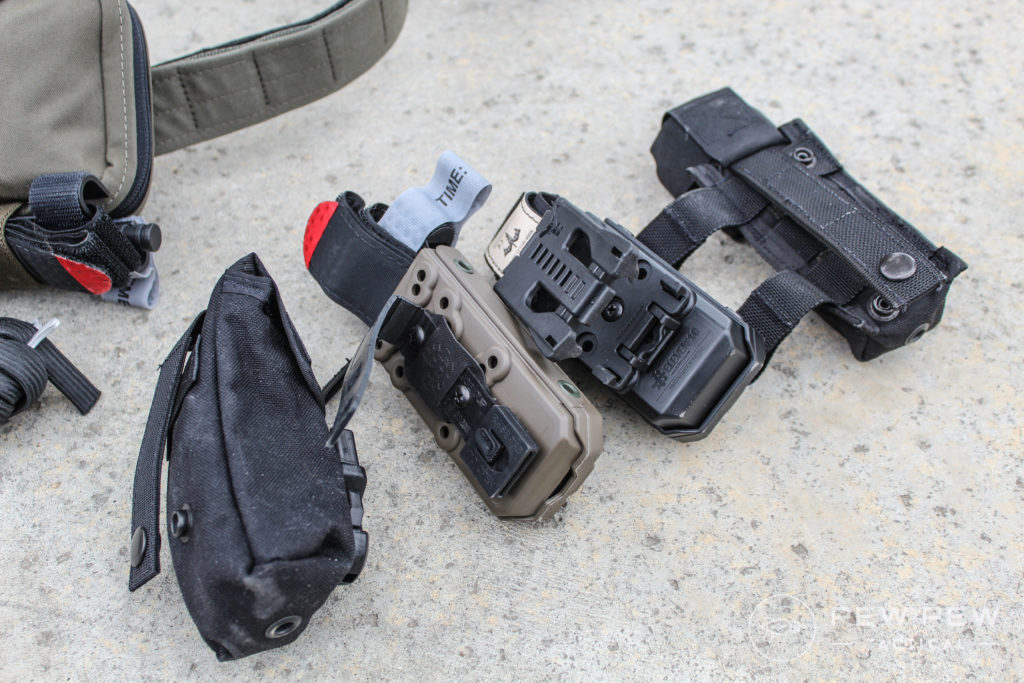
This is a decent course to take if your only interest lies in helping stop or stem blood loss on the range or at home while you wait on EMS.
Oh, and before we forget, Stop the Bleed is one of the most cost-effective means to get your foot in the door.
The course is completely free…yep, can’t beat that price!
5. Mountain Man Emergency Trauma Response & Range Medicine Training Courses
Prices accurate at time of writing
Prices accurate at time of writing
-
25% off all OAKLEY products - OAKLEY25
Copied! Visit Merchant
The Trauma Medicine Course from Mountain Man Medical offers a free way to get some first aid knowledge. Alongside host Brian McLaughlin, viewers will learn the basics of first aid.
We really like that the course starts off by not only talking about the gear you might need to stock up on but also the importance of accessing this gear. McLaughlin talks about common places to keep a first aid kit around our house, so it’s easy to get to.
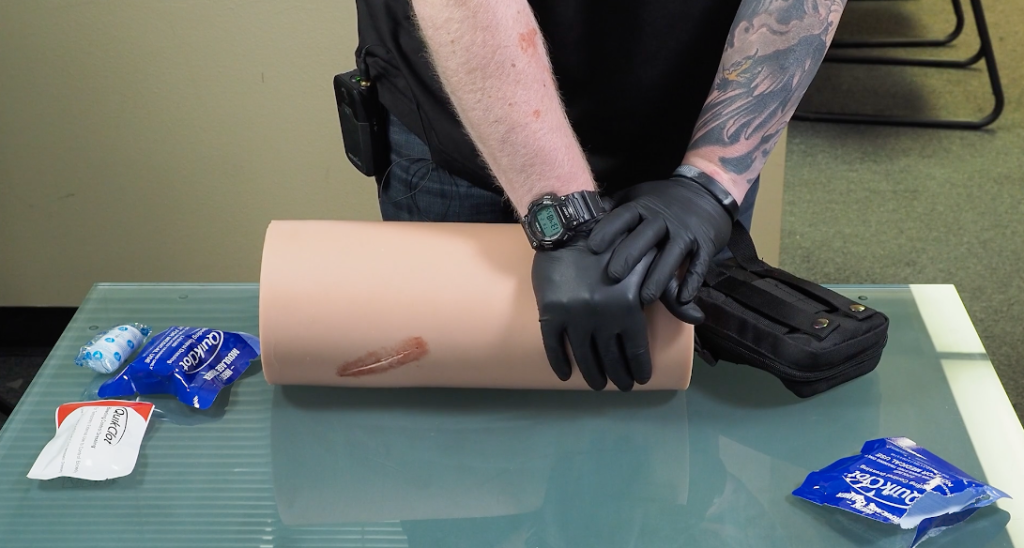
Each section of the course covers a different aspect of the first aid world – from massive hemorrhaging to airway issues – and is pared down to easy-to-digest sections.
The longest is 17 minutes, with most others coming in under 10 mins. There’s also a quiz at the end of each lesson so you can test your knowledge.
We also appreciated that McLaughlin presents a lifelike scenario for what he teaches, complete with fake blood, so you can get used to what you would see if you rolled up on a similar situation.
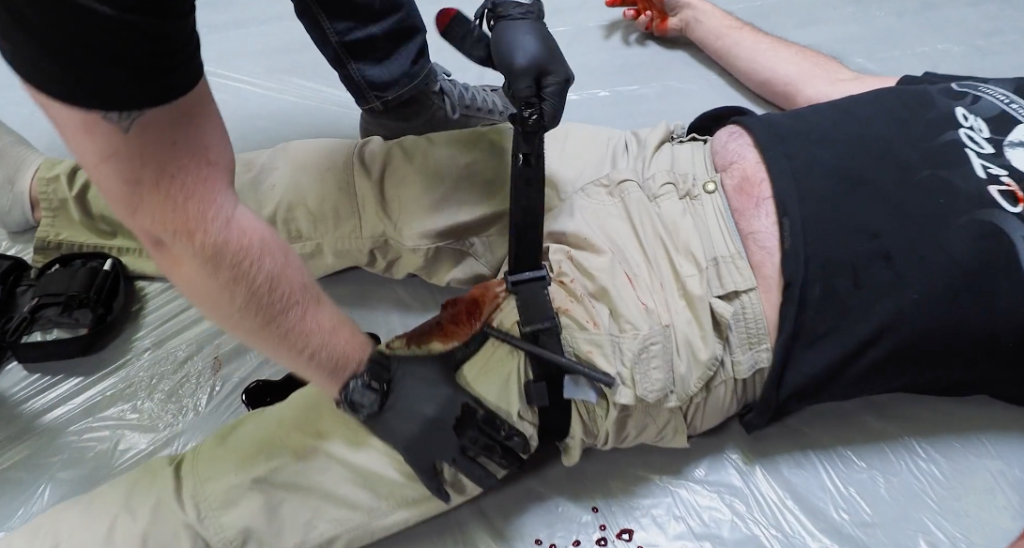
Again, this is a free course, so it doesn’t have all of the bells and whistles that others do. There’s no way to change your speed while watching, so if you’re an ADHD’er who prefers watching things at 2x…you’re out of luck.
Not to mention, the layout for the course is a little confusing, and quiz questions are sometimes worded in a way that makes you go, “huh?” At the end of the day, though, it’s a free course.
So, if you want to get a jump start and don’t have the time or money to sit in a class, this is a great way to get your basics up to speed.
Also, worth mentioning that Mountain Man offers a range-specific first aid course that covers injuries you would encounter at the shooting range.
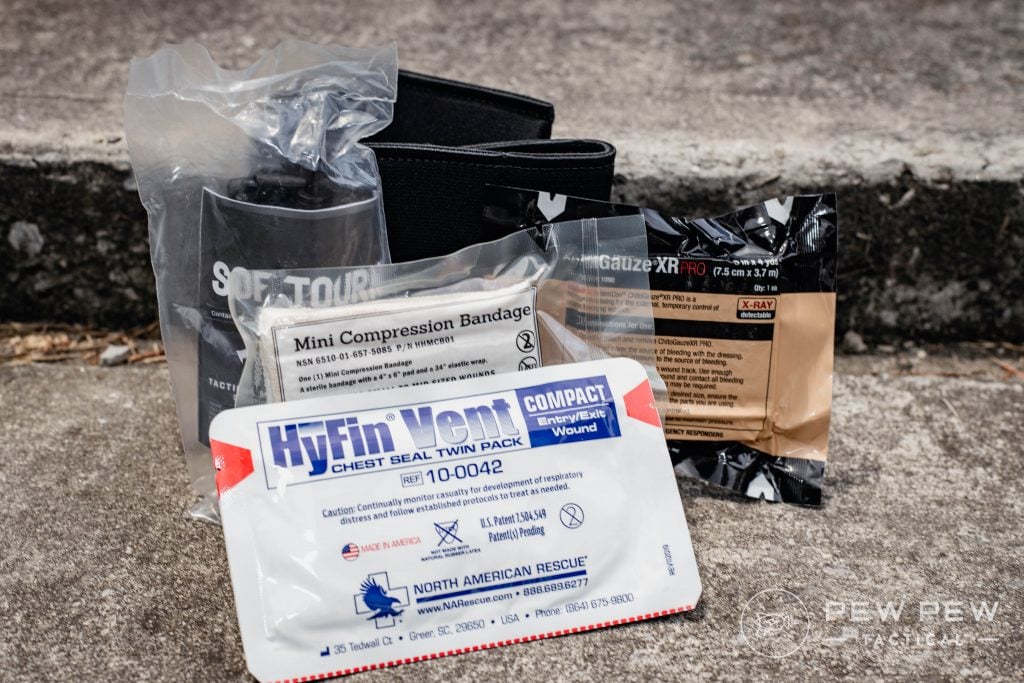
For $2, we think it’s totally worth getting spun up on how to deal with those injuries if you’re on the range often.
Prices accurate at time of writing
Prices accurate at time of writing
-
25% off all OAKLEY products - OAKLEY25
Copied! Visit Merchant
Mountain Man Medical also offers first aid kits that are pretty easy to take to the range, so be sure to read up on those in our full written review.
Best First Aid Classes: Intermediate
6. NOLS Wilderness First Aid
-
25% off all OAKLEY products - OAKLEY25
Copied! Visit Merchant
For the adventurer who enjoys long hikes in the woods, family outdoor activities, or camping, Wilderness First Aid is the perfect course to invest your time and resources.
This style focuses exclusively on the types of injuries, accidents, and situations you might find on the trail.
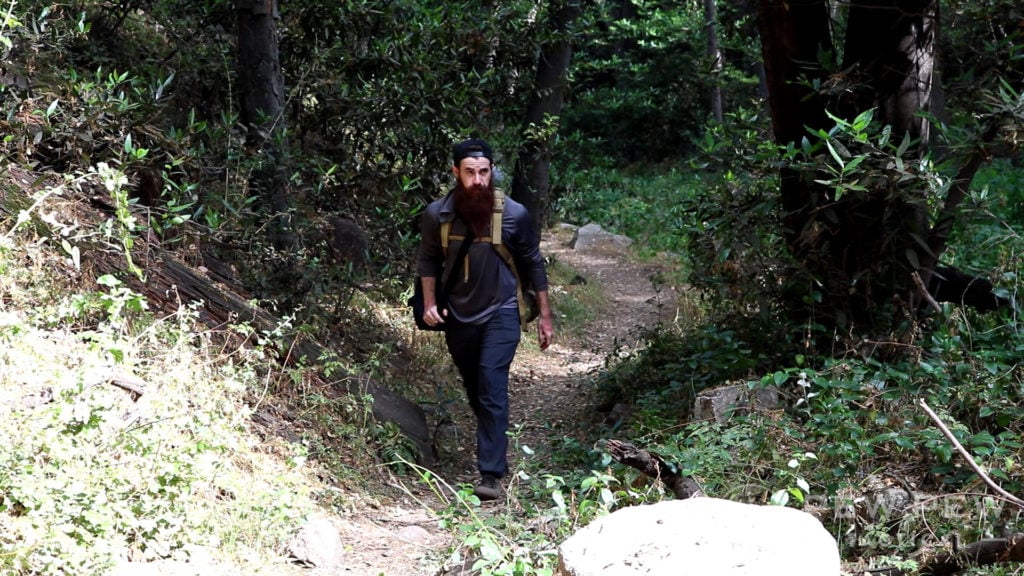
It covers how to provide first aid treatment for common outdoor injuries, assess injured persons, and evacuate to safety.
Offered through NOLS — a nonprofit global wilderness school — this class might not be in your neck of the woods. So, you might need to travel to attend.
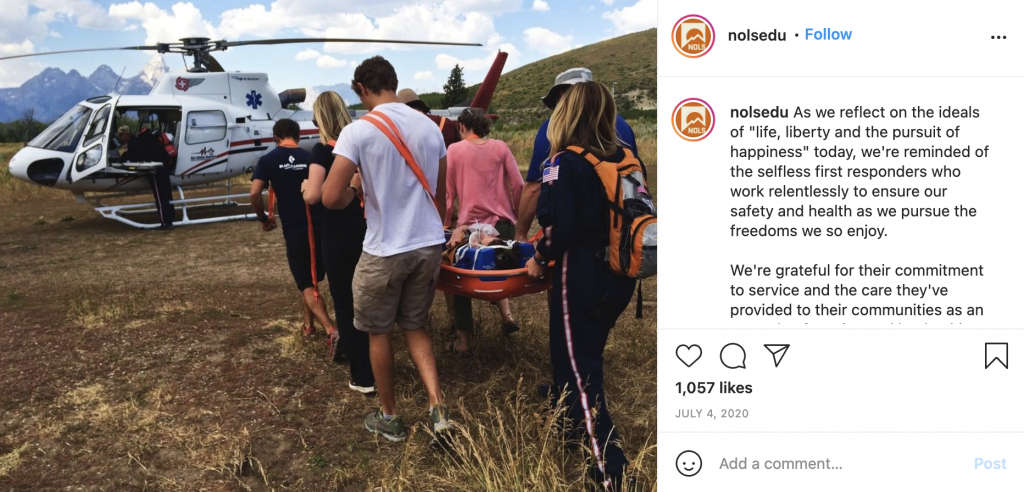
Also, it can get a little pricey, with most classes running north of $200.
That said, the information and training you’ll receive are invaluable, and you can’t really put a price on safety and first aid.
7. Active Response Training Tactical First Aid and System Collapse Medicine
Prices accurate at time of writing
Prices accurate at time of writing
-
25% off all OAKLEY products - OAKLEY25
Copied! Visit Merchant
Calling all my preppers, do I have a class for you!
The hands-on Tactical First Aid and System Collapse Medicine course is dedicated to teaching participants survival techniques during a long-term breakdown of the medical system.
Expect to learn the basics of wound management and closure, as well as what medications you should stockpile.
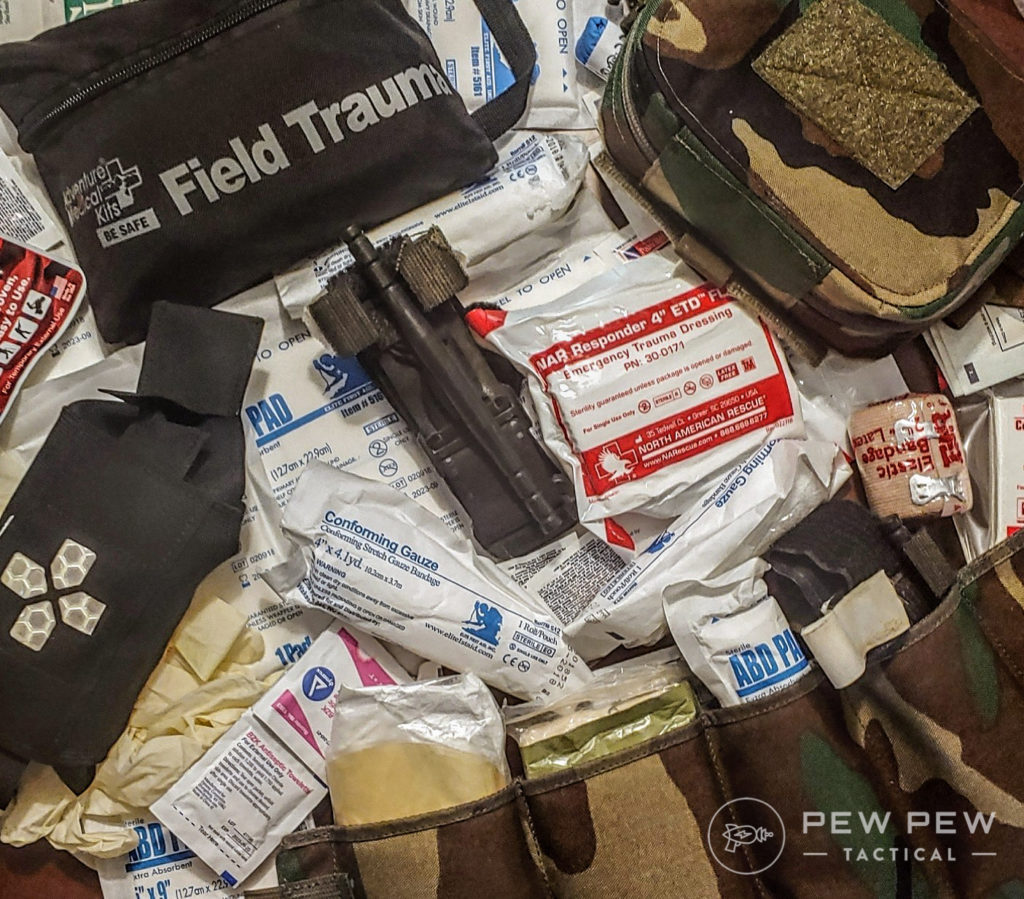
Additionally, students are presented with the military’s latest Tactical Combat Casualty Care protocols, which dive into how to stop traumatic bleeding and treat sucking chest wounds.
If you want to truly prepare for an apocalyptic event, this one to two day course is THE one to take.
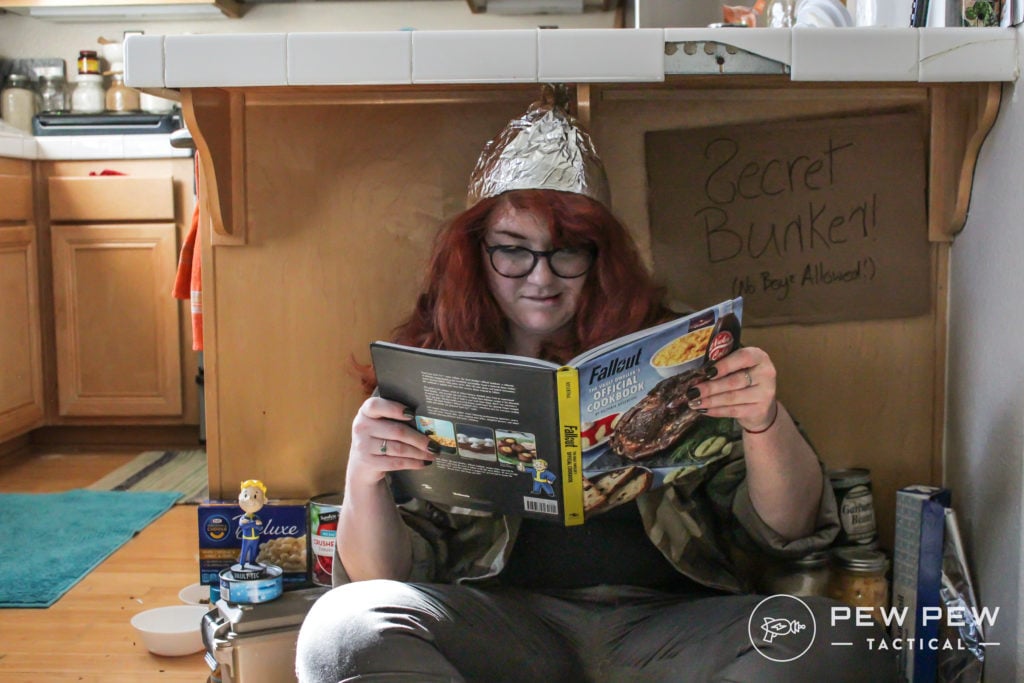
Taught by the legendary Greg Ellifritz (seriously, Google him if you don’t know who he is), the course comes in at just over $200.
It’s a steal for all the awesome info you’ll walk away with!
8. Doom & Bloom Wound Care/Sutuer & Stapling
Prices accurate at time of writing
Prices accurate at time of writing
-
25% off all OAKLEY products - OAKLEY25
Copied! Visit Merchant
Dr. Joseph Alton and Nurse Amy Alton are mainstays in the first aid community, running Doom & Bloom. These two join forces to offer both gear and interesting courses for survivalists.
The Wound Care/Sutuer & Stapling is one that you don’t want to miss if you want to survive the apocalypse.
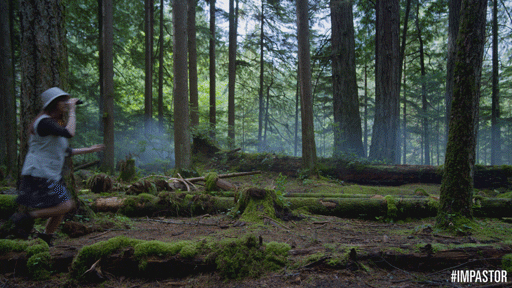
The class focuses on medical skills like wound care and suturing, designed to keep you (and your buddies) alive in survival situations.
If you’re looking for training that is useful but also a little unique, definitely check out Doom & Bloom.
Final Thoughts
First aid and CPR training are essential skills that every citizen should learn, especially if you spend a lot of time around guns. At the least, take a free Stop the Bleed course.
But, consider investing in your first aid education and get certified in first aid, CPR, and AED.
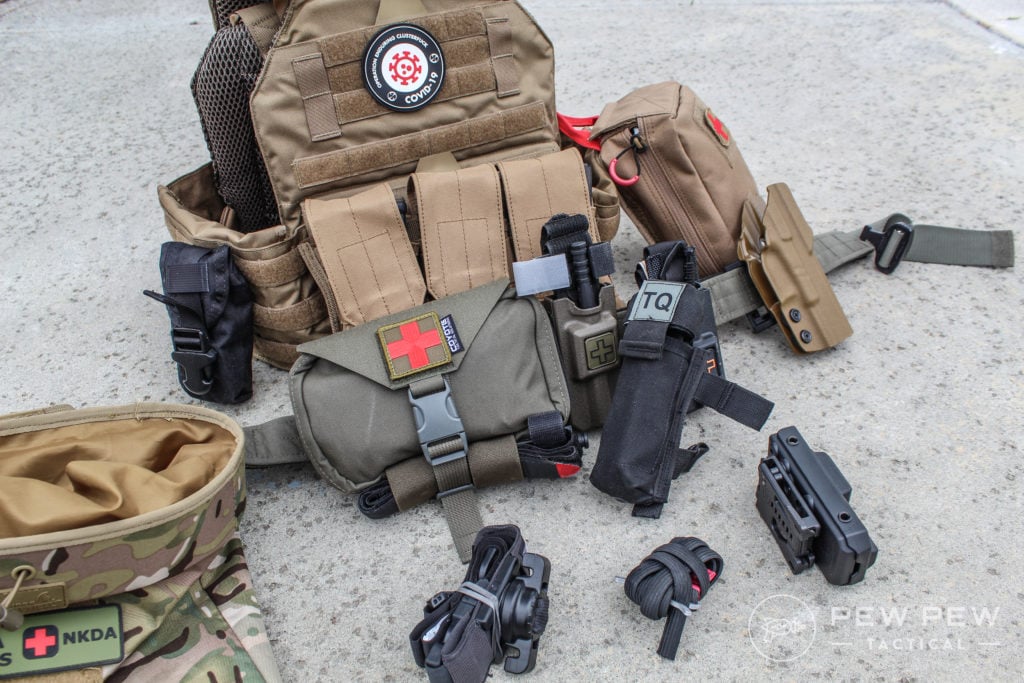
Though some classes might run a little pricey, it’s worth the energy and the cash to get up to speed on how to help yourself and others.
And if you’re really committed to growing your medical knowledge, consider taking full-fledged EMT classes.
(Hint, some EMS departments let you volunteer, then pay for the classes you need to become an EMT or paramedic!)
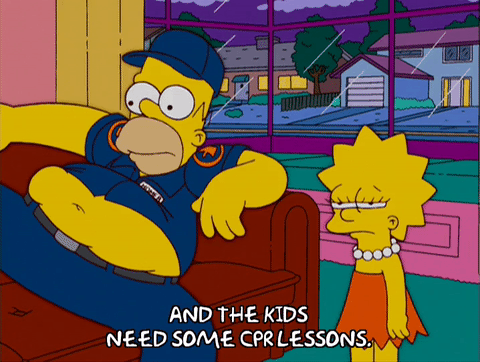
Regardless, get trained and stay alive!
What training do you recommend? Let us know below! Ready to stock your first aid kid with the best gear? Check out our Best IFAKs and EDC Medical Kits.


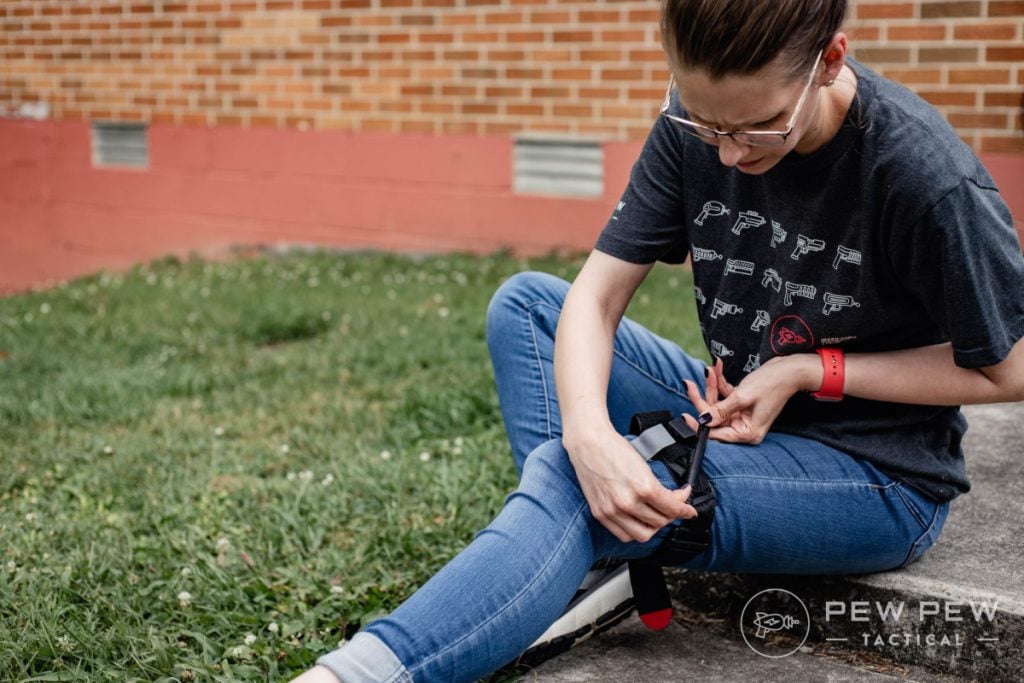

















6 Leave a Reply
No argument here Jack. As a retired Paramedic and Trauma RN, and ACLS, PALS and TNCC Trainer, I couldn't agree more. Every Gun Owner needs at least Basic Life Support Training and Skills, and if they're serious about it, Intermediate to Advance Training and Skills. If the class aren't available in your area, check with the area hospitals, fire and EM Services. Some of the Rural Volunteer Fire and EMS will help pay for the class, if you join the volunteer service. Another potential source is Community Colleges. Many offer the EMT- B class in their curriculum. Some, only charge for the class, so you don't get stuck with all of the other fees.
The life you save, may well be your own, and who knows, it may lead to a part time or second career for you.
I also recommend an EMT basic course for anybody wanting some expensive but very thorough course. You can also get a job with it
Are you familiar with the Doom and Bloom courses? They sound legit and like they are very good courses, but I'm a newbie, so I really have no perspective. Any opinions? Thanks.
These guys have been in the apocalypse medicine game for a long time..
I have their Survival Medical Hand Book as well as their Antibiotics and Infectious Disease book.
My training is limited to TCCC, so these books are an excellent addition for longer term care.
I've met the Altons and talked to them before about their books and what they do. They are super sweet and seem very knowledgeable. Their classes weren't included on this list because at the time of writing they didn't have any classes listed as available. So, I tried to offer classes I knew were still in session.
Check out D-Dey Response Group TCCC course. Very intensive, very informative! On you tube also.